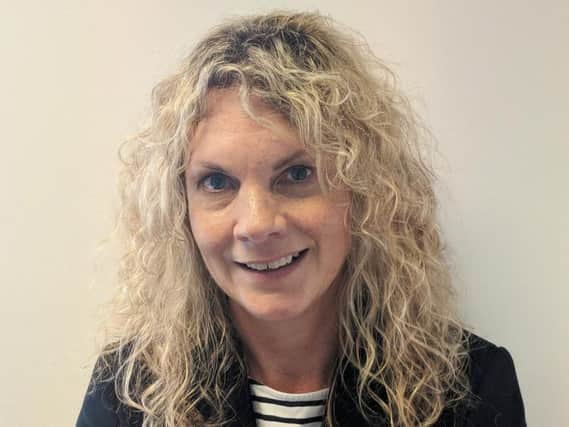Helping the Brighton and Hove's emerging talent pool


Filter that down to Brighton’s 16 to 18-year-old students and it means that of the city’s approximate 3,000 sixth formers, around 1,500 will currently be embarking on degree courses in new places, tackling reading lists and (just about) recovering from Freshers’ Week.
It’s the start of a potentially transformative journey for these young people, they’ll develop a new network of friends and mentors, shape life experience and subject specialist knowledge and take the first steps towards becoming equipped to realise their future best professional selves.
Advertisement
Hide AdAdvertisement
Hide AdIt’s a fantastic opportunity for them, but let’s not forgot there’s a cost attached.
Average graduate debt in the UK is typically estimated in excess of £50,000, which means that those young people who are headed to university this year are doing so not simply because they have satisfied academic entry requirements, but also because they can afford to do so.
Brighton is a thriving city and one that’s privileged in many ways for most residents, but not for all.
The city has 16 food banks and three of these are specifically to support families/child referrals. Equally the city has around 3,400 school students in receipt of pupil premium, which is additional government funding designed to help disadvantaged pupils perform better at school and in doing so close the gap between them and their peers.
Advertisement
Hide AdAdvertisement
Hide AdSo the question of being able to afford access to a university education as well as meeting academic entry criteria is a very real and very stark one for some of the city’s 16 to 18-year-old students.
It also means that the half that don’t proceed to university may offer as much aptitude and promise as those that do, but risk their development and potential being curtailed because they want an alternative to going to university.
This may be because they can’t afford to do so or, increasingly because it’s not reflective of the way in which they want to learn or develop their professional selves.
This needs to change. For these students, they need an alternative. A pathway that offers the same future promise and an equivalent means of supporting their development and guiding their successful transition into the workplace.
Advertisement
Hide AdAdvertisement
Hide AdThe other 50 per cent deserve equal access to opportunity, preparation for the workplace, network development and the means of taking their first step towards a meaningful professional career. And employers deserve access to this emerging and brilliant talent pool.
Further My Future is working with schools and colleges in the city (and beyond) to provide a credible alternative to UCAS and connect the other 50 per cent with prestigious employment opportunities.
We’re doing this because we felt that employers risked missing out on access to the whole talent and skills pool on the basis of reluctance to consider for interview either young people, young people without degrees or young people without workplace experience.
Diversity and inclusion should be a key consideration for all employers. But when we talk about inclusion are we really talking about including 100 per cent of emerging talent or just inclusion of the 5o per cent that proceed to university?
Advertisement
Hide AdAdvertisement
Hide AdIt’s perhaps worth remembering that ability, initiative and potential are not curtailed if you are young and poor. But opportunity may be.
For more information visit: www.furthermyfuture.comCaroline Walmsley, founder of Further My Future.